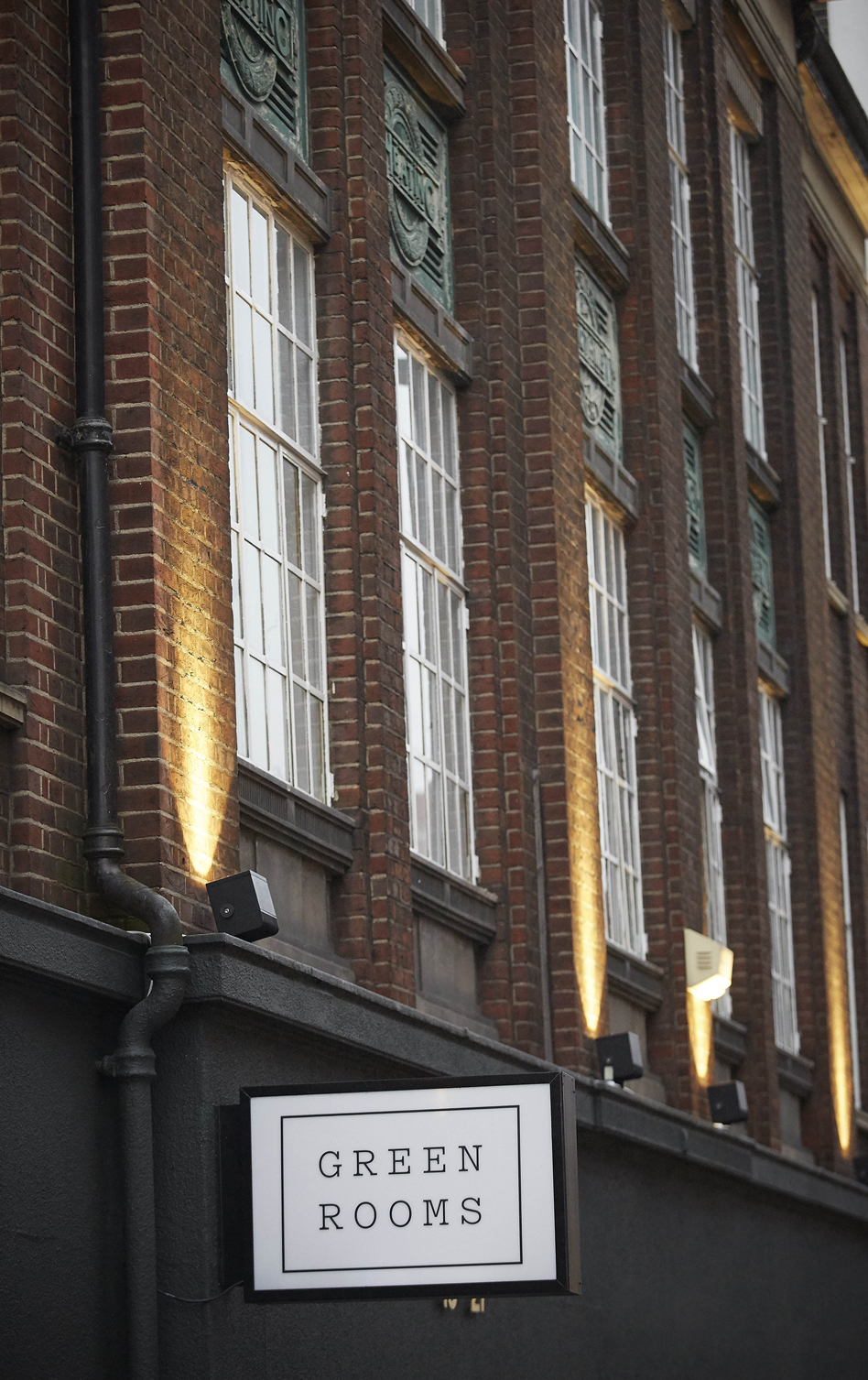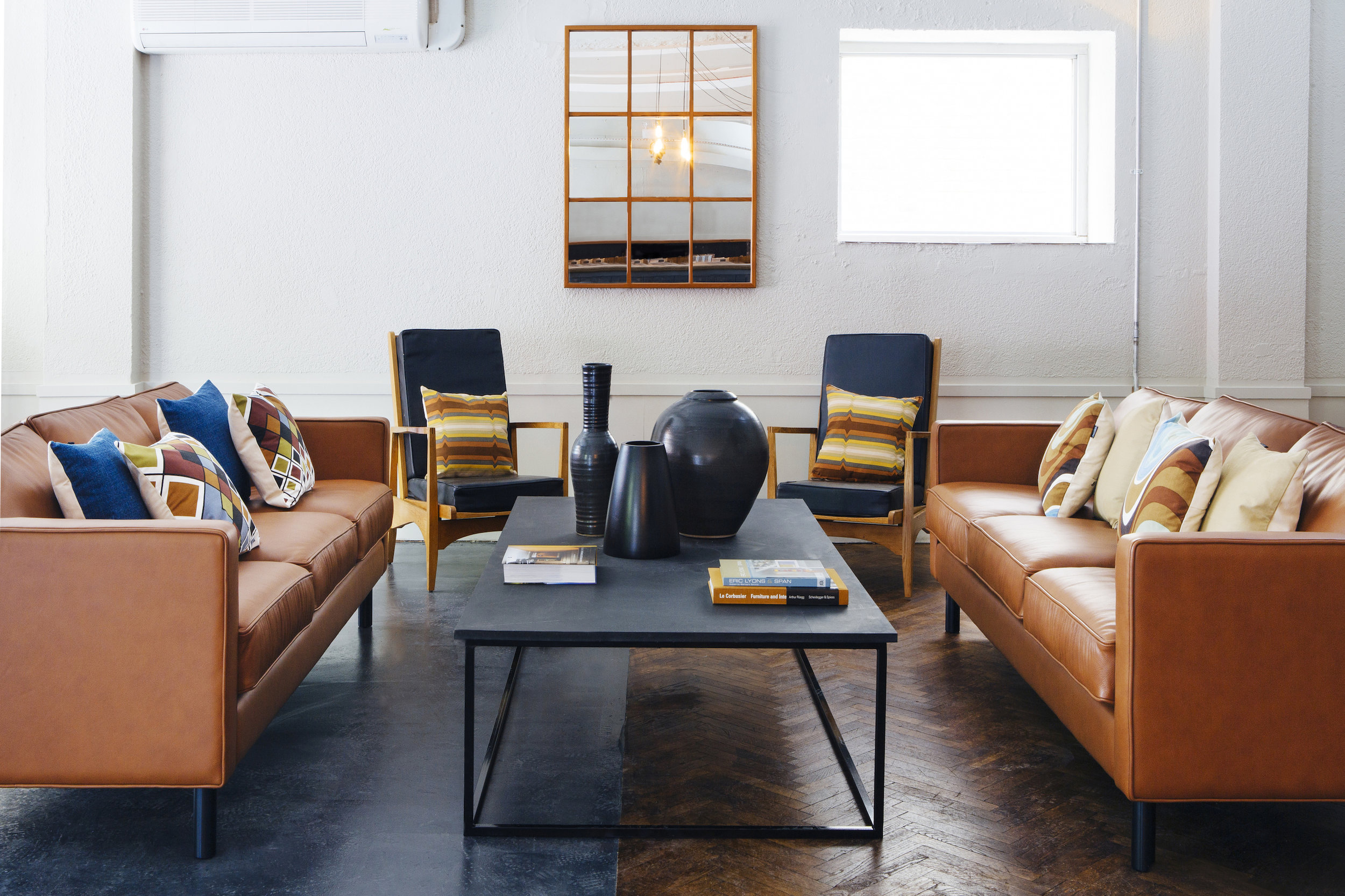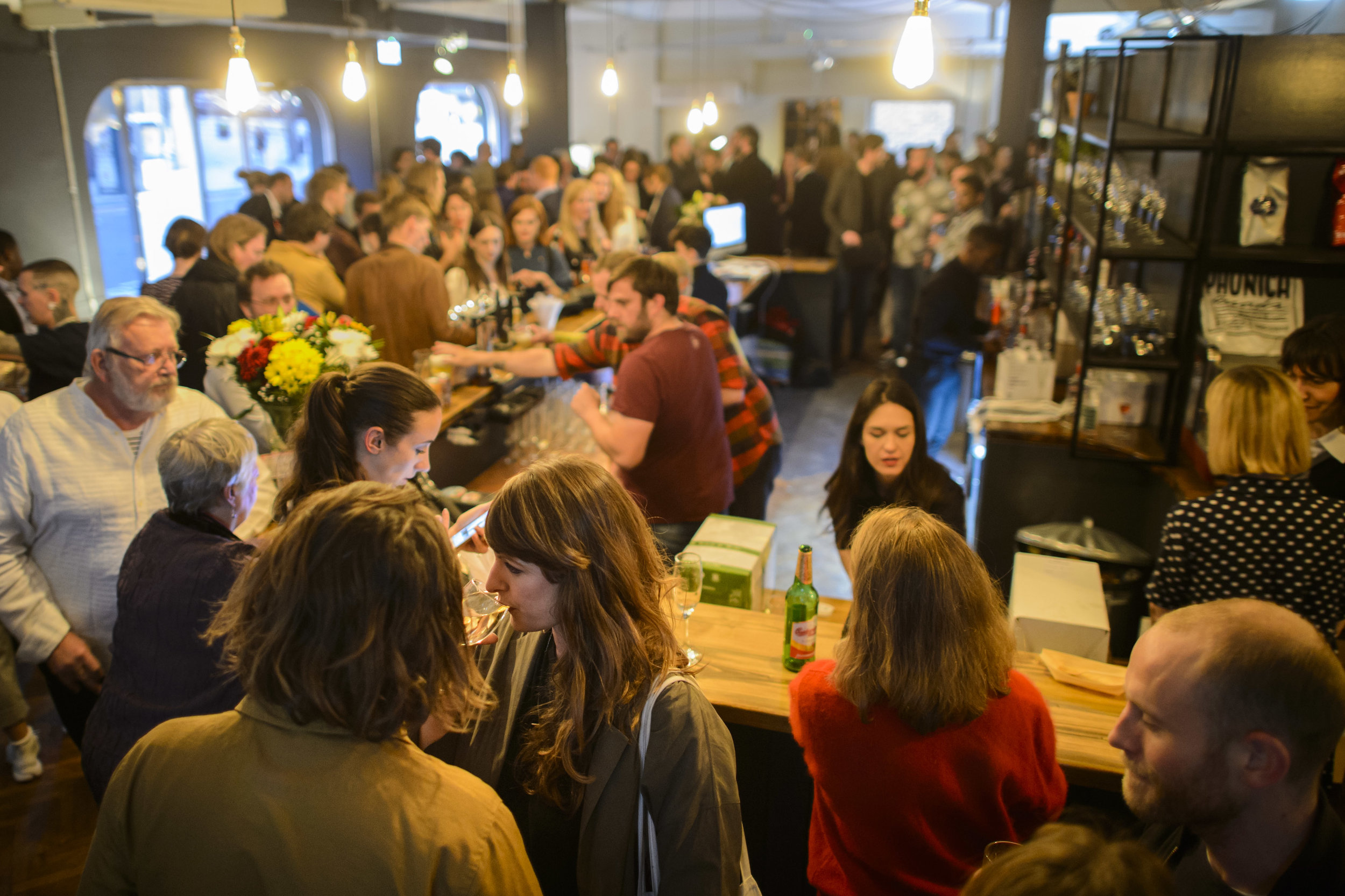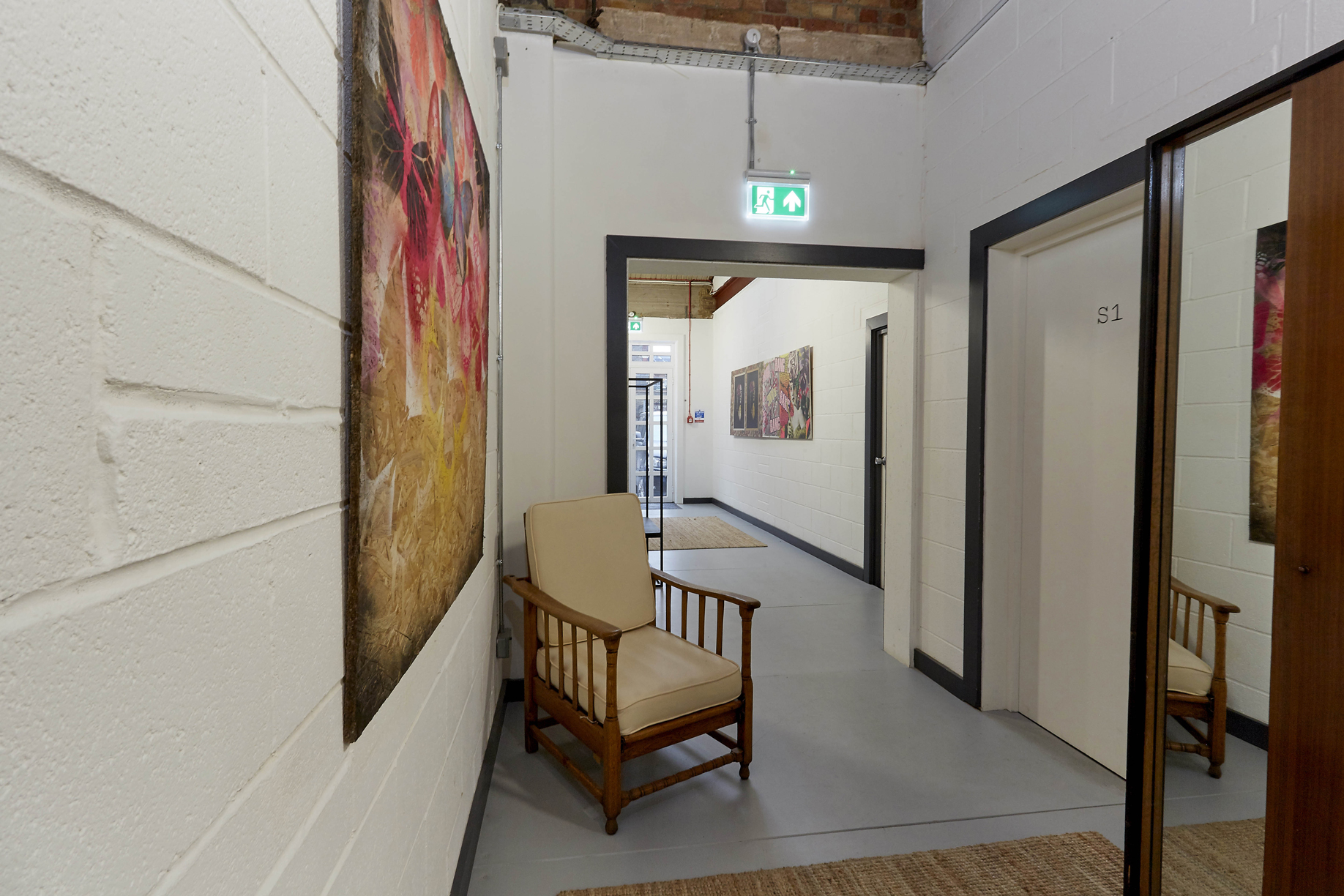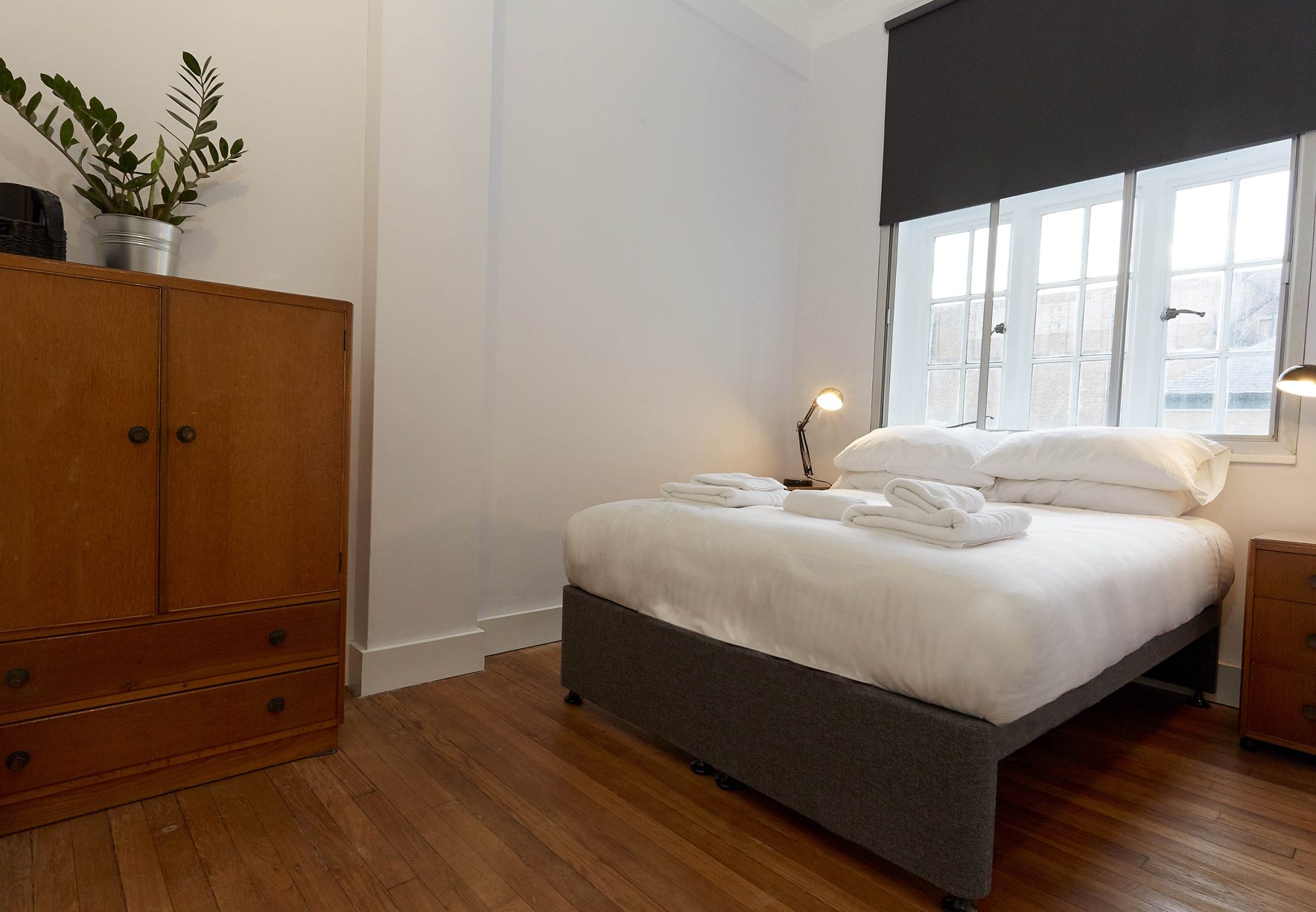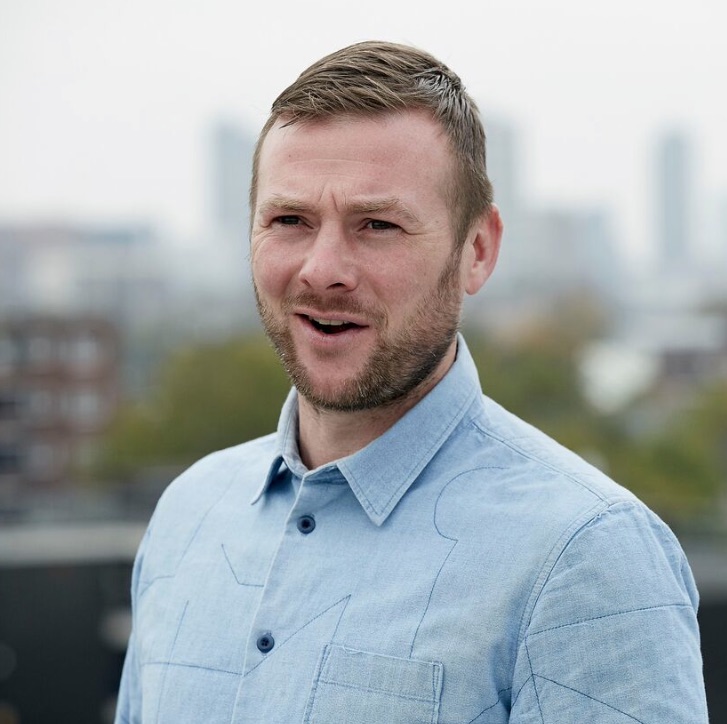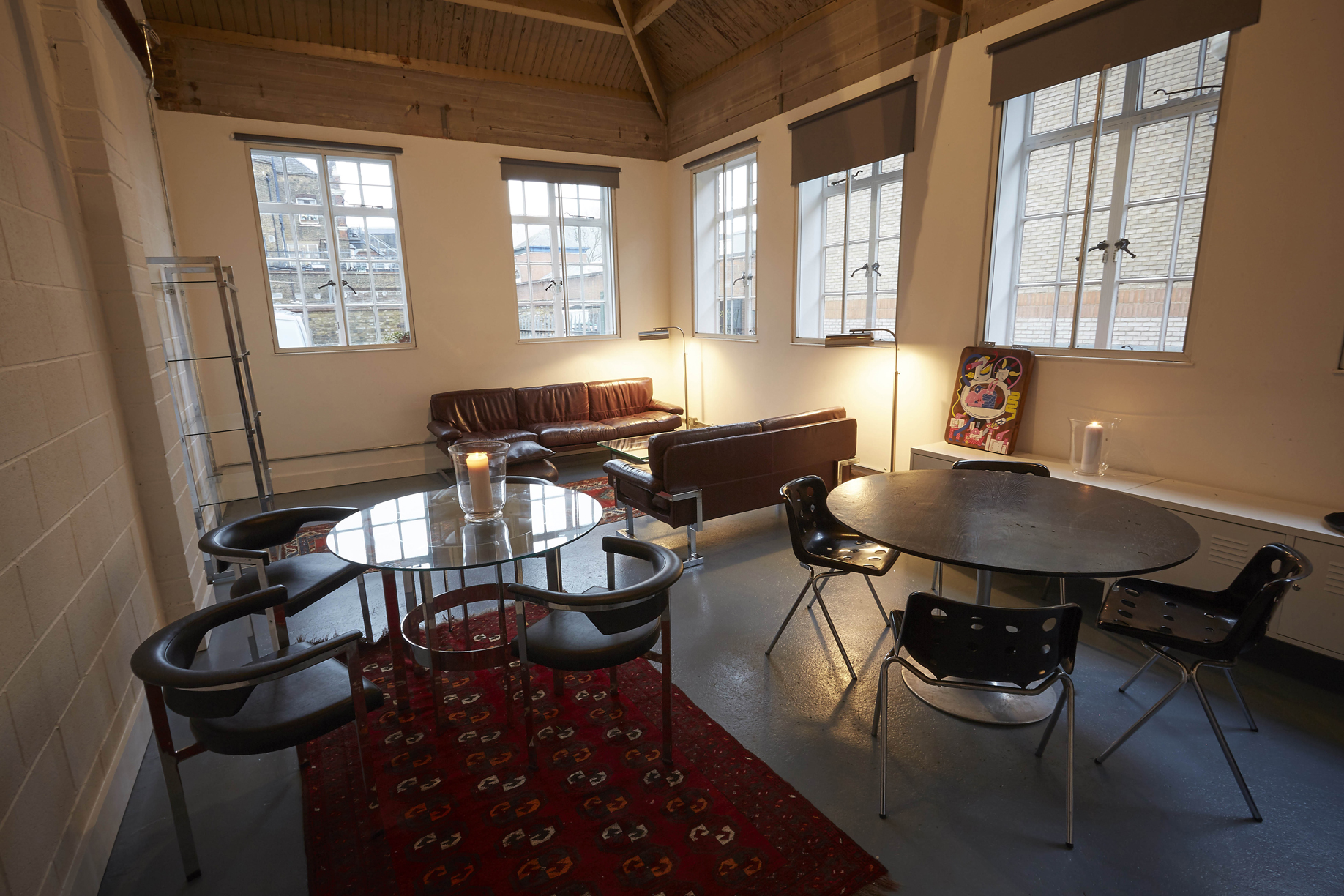To provide students with a cool place to stay over Graduate Fashion Week, our official preferred hotel sponsor is the creative Green Rooms, the North London based arts hotel.
We spoke with Nick Hartwright, the founder of Green Rooms and Mandy Tutt, the director, to find out how the idea for the hostel came about, what it's like trying to find unique furniture, and the rewards of watching a young artist flourish.
A hotel as a social enterprise is a revolutionary idea. What made you want to create a hotel that’s like no other?
MT: It wasn’t about creating something different just for the sake of it. We saw a gap in the market and went for it. And it’s worked out. Green Rooms is the UK’s first independent arts-led social enterprise hotel. While it’s open to all, it is aimed primarily at people who work in the creative industries. And that’s everyone from burgeoning fashion designers to musicians and more conventional artists. It’s a creative haven, a melting pot of ideas and a place where lateral thinking and new approaches are actively encouraged. Everyone likes to keep congenial company – creatives get that when they come to Green Rooms.
How is your concept creating a better experience for the guests of the hotel?
NH: Over and above the functional elements it’s really all about the interactions our guests have with each other. That’s what sets Green Rooms apart. Artists get to spend down time with other artists. They talk, throw ideas about and collaborate. Some great concepts have been conceived at Green Rooms, mainly over a drink or three at the bar late at night. We’ve worked hard to foster a sharing ethos and it’s paid off. Green Rooms has very quickly become an ideas incubator.
How did the idea come about?
NH: The concept for Green Rooms is something I’ve been playing around with for a long time. The challenge was finding the right site. For many years I’ve been providing people in the creative industries with workspace and performance space, and right from the outset it struck me that there was a real gap in the market for a genuinely affordable, design-led hotel that encourages and fosters collaboration among guests. A lot of artists don’t have that much disposable income and can’t afford to spend £250 a night on a hotel room when they come to London, but by the same token they don’t want to stay in anodyne, formulaic budget hotels either. The sharing economy is obviously another option, and it’s a great model, but when you rent a room in someone else’s flat – no matter how beautiful it might be – you’re immediately isolating yourself. Green Rooms solves a problem for a lot of people.
What do you find the most rewarding about hosting artists?
MT: Without doubt the work. We’ve had so many brilliant shows, events and exhibitions at the hotel and we’ve not even been open for a year yet. Some of it’s been quite esoteric, some more mainstream, but it’s all been brilliant. We work with established creatives and emerging ones. If you were to really push me I’d say I probably get most pleasure from seeing the younger artists flourish. We give them a stage and a platform to show their work. It’s getting more and more difficult for young artists to break through these days. Funding streams have been decimated. We want to help the next generation.
London is such a creative place, and it’s often penned as the most innovative city in fashion. Is that why you chose to open up Green Rooms in Wood Green?
MT: In part, yes. As with most creative disciplines, London is the centre of the universe. If you’re from the UK and want to get on in fashion then you need to be in London. It’s as simple as that. Like Nick said though, London is one of the most expensive cities in the world. If you’re a young designer trying to make your way, you don’t have hundreds of pounds to spend on a hotel room when you come to the capital. Enter Green Rooms. And why Wood Green? Because it’s the next up and coming area, the next creative district to come forward. A lot of people from outside of London may not have heard of it but it’s extremely well connected. We’re a stone’s throw from Wood Green underground station on the Piccadilly Line. You can get to King’s Cross and St Pancras International in 12 minutes and the West End in 20.
Do you often see artists meeting, collaborating and making lasting creative contacts at the Green Rooms?
MT: All the time. It comes back to the sharing ethos Nick was talking about. In a lot of hotels people keep themselves to themselves. By their nature they’re transient places. Green Rooms just feels different. It’s a more friendly environment. People are more open with each other. I love that.
It seems as though the Green Rooms focus on providing what a guest really needs – a good bed, shower and reliable wi-fi, rather than hiding inadequacy behind fancy decoration. How did you determine what to focus on?
NH: It’s based on personal experiences really. We’ve stayed in loads of hotels all over the world and we know what we like and what we don’t. A lot of hotels feel overcomplicated, they’re filled with extraneous stuff you just don’t need. And design wise they’re a bit over the top. It all feels a bit fake. We love design, but simple, pared-back design. We both like authenticity. When you go to a hotel you want a great bed, a good shower and fast, reliable WiFi that’s easy to access. We started with that stuff and went from there.
The bar serves local beer, and you can eat homemade cakes. Do you think keeping everything locally based is important to give the guests the full experience?
MT: We’re a social enterprise and we’re rooted in the local community. So yes, it was important to us to use local suppliers as much as we could. I think the point is that we serve our guests great and food and drink. The local suppliers we work with are fantastic.
Were there any challenges when you were designing the hotel?
NH: Of course. There always are when you’re repurposing buildings. But I think of them more as surprises than challenges. They’re to be expected when you’re working with an old Art Deco building that had been vacant for near on 10 years.
The overarching concept for Green Rooms was always to work with the existing architecture of the building. Original details were revealed, preserved and protected at all costs. We contrasted them with contemporary interventions, such as clean modern lines against rustic retained finishes; expressed copper services mounted alongside decaying ceiling features; and exposed blockwork adjacent to fragments of original marble. Our guests simultaneously experience elements of history alongside a sense of the hotel’s future. Key to this approach was the ability of the design team to respond and evolve along with the build on site. Discoveries on a weekly (and sometimes daily) basis revealed another uncovered feature, and quick decisions had to be made to incorporate original elements into the overall design concept.
Do you have a favourite place to hunt for furniture to put in the hotel, that you could recommend?
MT: Yes – eBay! It’s been a treasure trove for us. All of the furniture at Green Rooms is ‘British Craft’. Some of it’s old, some new. We spent hours trawling eBay and found some amazing pieces at amazing prices. Particularly the vintage Heal’s stuff.
What do you see for the future of Green Rooms?
NH: In terms of Wood Green we’re going to keep doing what we’re doing. The hotel is still very young and it’s evolving. It’s gets better and better every month. But we’re also building a brand too. We’ll have more Green Rooms hotels, no question.
Interview By Annabel Waterhouse-Biggins



